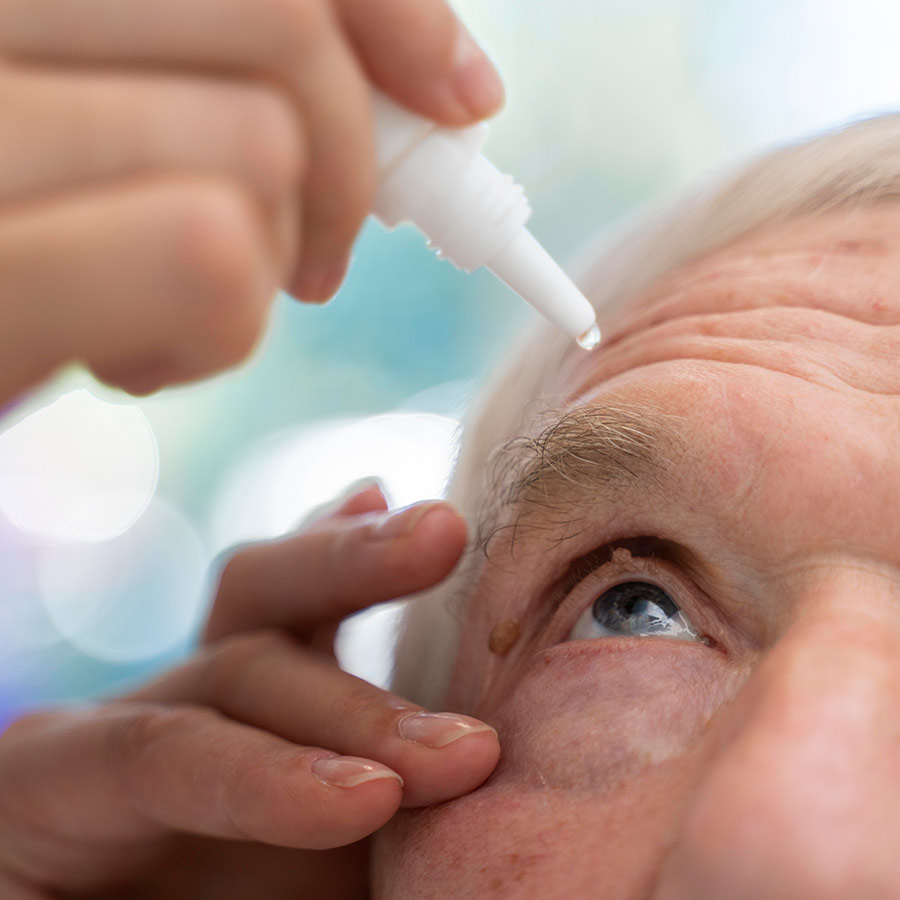Why Proper Use of Eye Drops Is Critical for Glaucoma Management
Glaucoma, a leading cause of irreversible blindness, affects millions worldwide. While treatments like surgery and laser therapy exist, eye drops remain the first-line treatment for lowering intraocular pressure (IOP). However, even a small error in using these drops can compromise their effectiveness and accelerate vision loss. Let’s explore the common mistakes patients make and how to avoid them.
Mistake #1: Skipping Doses or Inconsistent Timing
Why Timing Matters
Glaucoma eye drops work best when used at consistent intervals. Skipping doses or applying them haphazardly can cause IOP spikes, damaging the optic nerve over time.
How to Fix It:
Mistake #2: Incorrect Application Technique
The Right Way to Apply Eye Drops
Many patients miss the eye, touch the dropper to their face, or blink too quickly, wasting medication.
Proper Steps:
Mistake #3: Ignoring Contamination Risks
Touching the dropper tip to your eye, skin, or surfaces introduces bacteria, raising infection risks.
Prevention Tips:
Mistake #4: Stopping Medication Too Early
Some patients quit using drops once symptoms improve, but glaucoma is often asymptomatic until late stages. Stopping treatment can lead to silent progression of vision loss.
Mistake #5: Not Informing Your Doctor About Other Medications
Certain drugs, like corticosteroids or blood pressure medications, can interfere with glaucoma treatments. Always update your ophthalmologist about new prescriptions or supplements.
Mistake #6: Relying Solely on Eye Drops
While drops are effective, combining them with lifestyle changes enhances outcomes. Consider:
The Consequences of Getting It Wrong
Poor adherence to eye drop regimens can result in:
How to Stay on Track: Practical Tips
Final Thoughts
Glaucoma management hinges on precision. By avoiding these common mistakes, you can protect your vision and maintain a better quality of life. When in doubt, consult your ophthalmologist—they’re your partner in preserving eye health.




